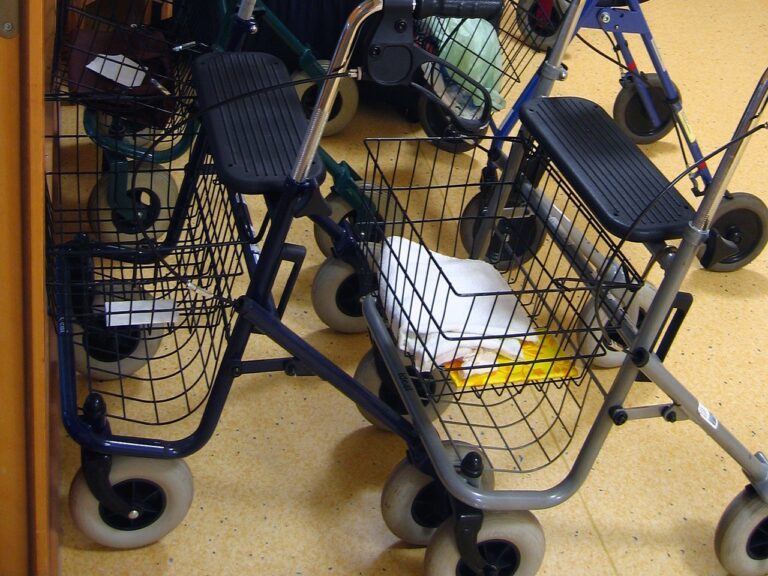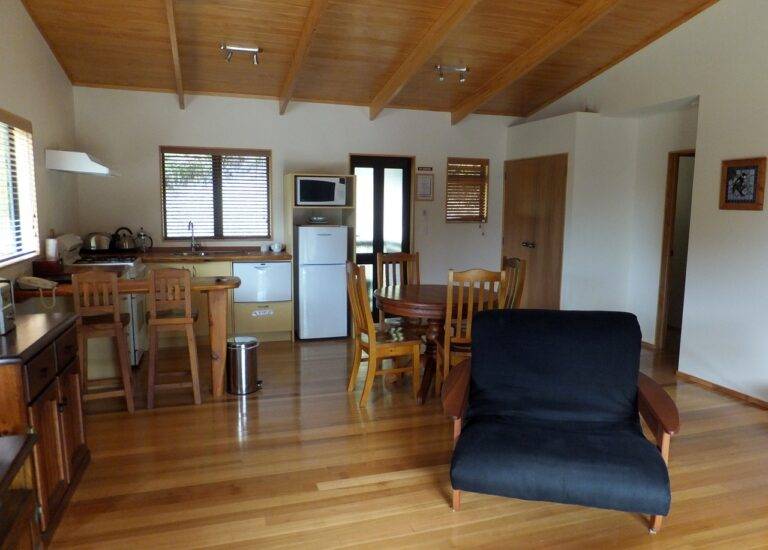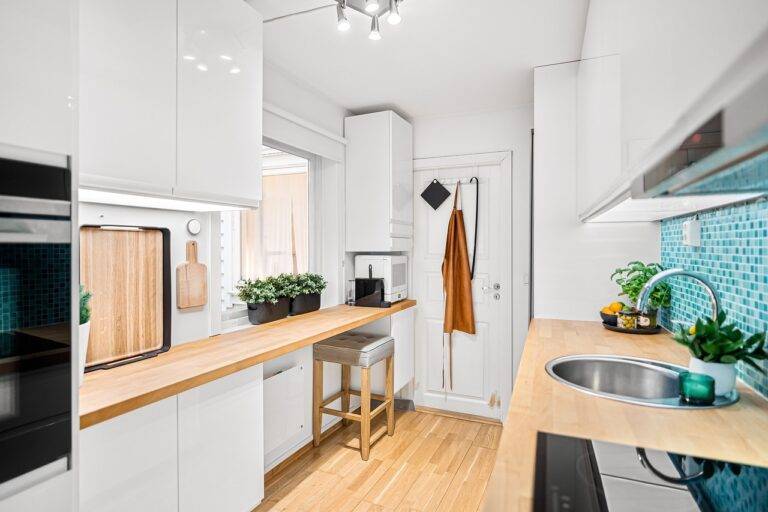Designing a Vertical Vegetable Garden for Sustainable Living
Vertical vegetable gardens are a popular choice for individuals who want to grow their own fresh produce in a limited amount of space. These innovative gardens can be designed to fit a variety of spaces, from small urban balconies to large backyard areas. Not only do vertical gardens provide a beautiful and functional way to grow vegetables, but they also promote sustainable living by reducing the carbon footprint associated with traditional farming methods.
Benefits of a Vertical Vegetable Garden
There are numerous benefits to designing a vertical vegetable garden for sustainable living:
Space-saving
Vertical gardens are a great option for individuals with limited space. By growing vertically, you can make the most of your available space and grow a variety of vegetables in a compact area.
Water conservation
Vertical gardens are an efficient way to conserve water. By using a drip irrigation system, you can water your plants directly at the roots, reducing water waste and promoting healthy growth.
Improved air quality
Plants are natural air purifiers, absorbing carbon dioxide and releasing fresh oxygen into the air. By growing a vertical garden, you can improve the air quality in your home or outdoor space.
Reduced carbon footprint
By growing your own vegetables at home, you can reduce your carbon footprint by eliminating the need for transportation and packaging associated with store-bought produce.
How to Design a Vertical Vegetable Garden
When designing a vertical vegetable garden, there are several key factors to consider:
Location
Choose a location that receives adequate sunlight for your vegetable plants to thrive. If you are growing indoors, consider using grow lights to supplement natural sunlight.
Materials
There are a variety of materials that can be used to build a vertical garden, including wood, metal, and PVC pipes. Choose materials that are durable and weather-resistant for long-lasting results.
Layout
Consider the layout of your vertical garden to maximize space and ensure that each plant receives adequate sunlight and water. You can design your garden in tiers, shelves, or hanging baskets for a variety of growing options.
Plant selection
Choose vegetables that are well-suited for vertical gardening, such as tomatoes, peppers, lettuce, and herbs. Consider the size and growing habits of each plant when planning your garden layout.
Maintenance
Regular maintenance is essential for a successful vertical vegetable garden. Monitor soil moisture, fertilize as needed, and prune plants to promote healthy growth.
FAQs
Q: What are the best vegetables to grow in a vertical garden?
A: Some of the best vegetables for vertical gardening include tomatoes, peppers, lettuce, cucumbers, and herbs such as basil and mint.
Q: How can I water a vertical vegetable garden efficiently?
A: Installing a drip irrigation system is a great way to water a vertical garden efficiently. This system delivers water directly to the roots of each plant, reducing water waste and promoting healthy growth.
Q: How much sunlight do vertical vegetable gardens need?
A: Most vegetable plants require at least 6-8 hours of sunlight per day to thrive. Make sure to place your vertical garden in a location that receives adequate sunlight for your plants to grow successfully.
Q: Can I grow organic vegetables in a vertical garden?
A: Yes, you can grow organic vegetables in a vertical garden. Use organic soil and fertilizer to promote healthy growth and avoid chemical pesticides and herbicides.
By designing a vertical vegetable garden, you can enjoy fresh, homegrown produce while promoting sustainable living practices. Whether you have a small balcony or a large backyard, a vertical garden is a versatile and environmentally-friendly option for growing your own vegetables.







